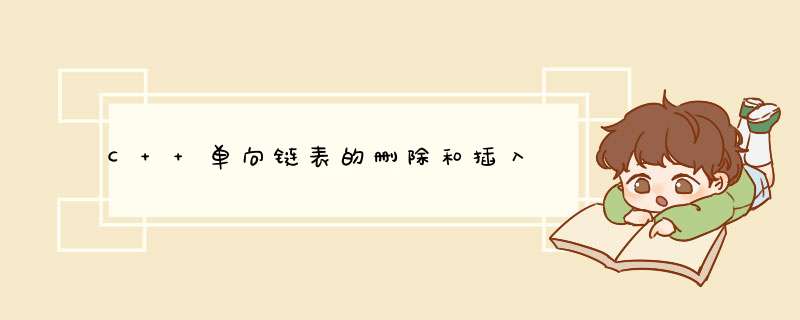
public class List {
// 用变量来实现表头
private Node Head = null
private Node Tail = null
private Node Pointer = null
private int Length = 0
/** 清空整个链表 */
public void deleteAll() {
Head = null
Tail = null
Pointer = null
Length = 0
}
/** 链表复位,使第一个结点 成为当前结点 */
public void reset() {
Pointer = null
}
/** 判断链表是否为空 */
public boolean isEmpty() {
return (Length == 0)
}
/** 判断当前结点是否 为最后一个结点 */
public boolean isEnd() {
if (Length == 0)
throw new java.lang.NullPointerException()
else if (Length == 1)
return true
else
return (cursor() == Tail)
}
/** 返回当前结点的下一个结点的值, 并使其成为当前结点 */
public Object nextNode() {
if (Length == 1)
throw new java.util.NoSuchElementException()
else if (Length == 0)
throw new java.lang.NullPointerException()
else {
Node temp = cursor()
Pointer = temp
if (temp != Tail)
return (temp.next.data)
else
throw new java.util.NoSuchElementException()
}
}
/** 返回当前结点的值 */
public Object currentNode() {
Node temp = cursor()
return temp.data
}
/** 在当前结点前插入一个结点, 并使其成为当前结点 */
public void insert(Object d) {
Node e = new Node(d)
if (Length == 0) {
Tail = e
Head = e
} else {
Node temp = cursor()
e.next = temp
if (Pointer == null)
Head = e
else
Pointer.next = e
}
Length++
}
/** 返回链表的大小 */
public int size() {
return (Length)
}
/**
* 将当前结点移出链表,下一个结点成为当前结点, 如果移出的结点是最后一个结点,则第一个结点成为当前结点
*/
public Object remove() {
Object temp
if (Length == 0)
throw new java.util.NoSuchElementException()
else if (Length == 1) {
temp = Head.data
deleteAll()
} else {
Node cur = cursor()
temp = cur.data
if (cur == Head)
Head = cur.next
else if (cur == Tail) {
Pointer.next = null
Tail = Pointer
reset()
} else
Pointer.next = cur.next
Length--
}
return temp
}
/** 返回当前结点的指针 */
private Node cursor() {
if (Head == null)
throw new java.lang.NullPointerException()
else if (Pointer == null)
return Head
else
return Pointer.next
}
/** 链表的简单应用举例 */
public static void main(String[] args) {
List a = new List()
for (int i = 1i <= 10i++)
a.insert(new Integer(i))
System.out.println(a.currentNode())
while (!a.isEnd())
System.out.println(a.nextNode())
a.reset()
while (!a.isEnd()) {
a.remove()
}
a.remove()
a.reset()
if (a.isEmpty())
System.out.println("There is no Node in List \n")
System.out.println("You can press return to quit\n")
try {
// 确保用户看清程序运行结果
System.in.read()
} catch (IOException e) {
}
}
}
// 构成链表的结点定义
class Node {
Object data
Node next
Node(Object d) {
data = d
next = null
}
}
欢迎分享,转载请注明来源:内存溢出

 微信扫一扫
微信扫一扫
 支付宝扫一扫
支付宝扫一扫
评论列表(0条)